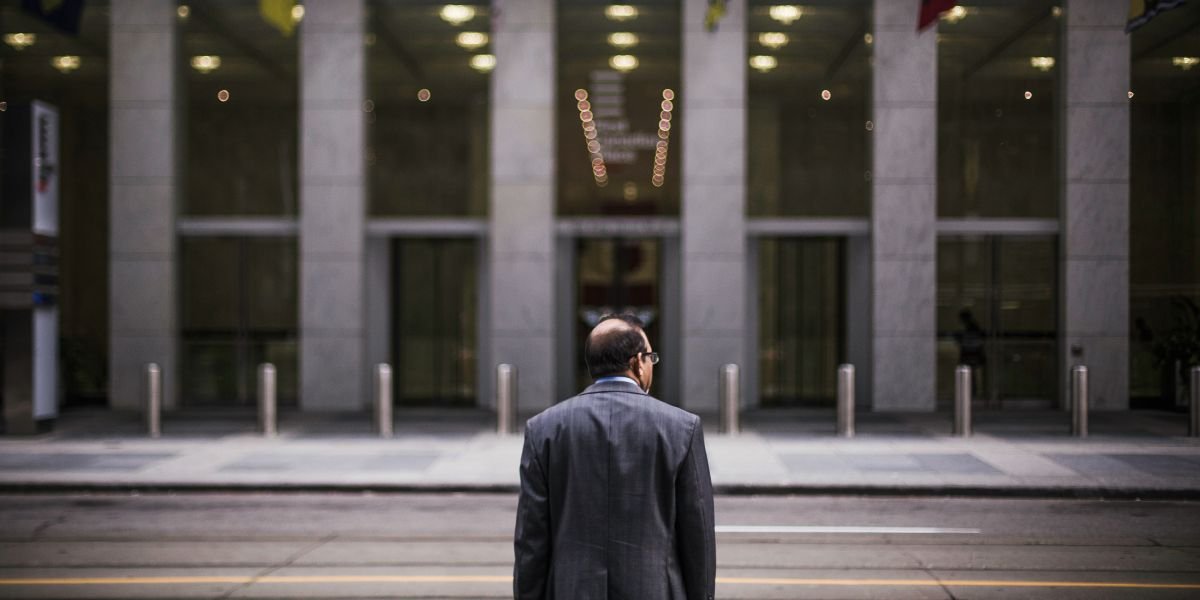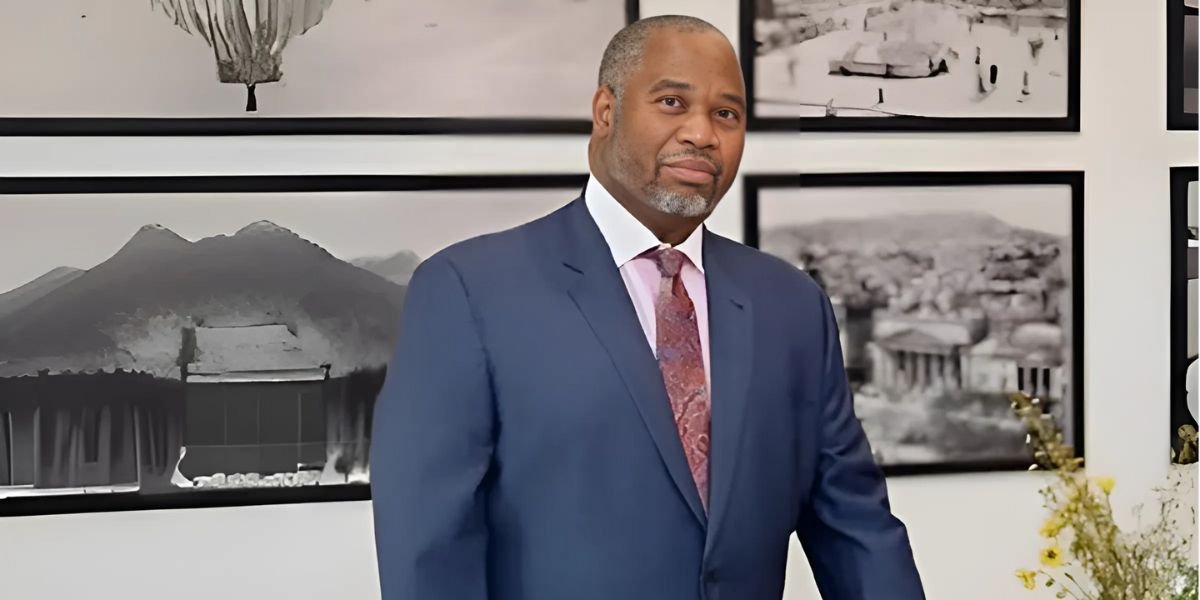Film remakes have become a recurring feature of the modern movie industry. Whether driven by nostalgia, a desire to reintroduce stories to new generations, or the advancements in technology, remakes offer filmmakers an opportunity to revisit beloved classics. However, while some remakes falter under the weight of expectations, others pay respectful homage to their originals, honoring the source material while offering a fresh perspective.
This article explores the characteristics of remakes that successfully celebrate their predecessors, the challenges filmmakers face, and examples of films that have struck the right balance between innovation and tribute.
The Purpose of Film Remakes
Film remakes aim to bring established stories back into cultural relevance. At their best, remakes serve as bridges between generations, introducing younger audiences to classic narratives while giving longtime fans a nostalgic experience.
Why Remakes Exist
- Cultural Updates: Reimagining outdated elements to make the story relevant to modern audiences.
- Technological Advancements: Leveraging visual effects, sound, and cinematography to enhance storytelling.
- New Audiences: Introducing stories to those unfamiliar with the original films.
- Tribute to Classics: Celebrating films that have left a mark on cinematic history.
However, remakes face a significant challenge: maintaining the essence of the original while offering something new. The most successful ones find a way to honor the source material without merely copying it.
Characteristics of Homage in Film Remakes
When remakes pay homage, they carefully incorporate elements that made the original film memorable while enhancing the story for contemporary audiences.
Preserving Iconic Scenes
One key way remakes show respect is by recreating iconic scenes. Whether it’s a specific moment, a dialogue, or a shot, these scenes evoke nostalgia while signaling respect for the original. For example, in The Lion King (2019), the opening sequence mirrors the original 1994 film almost frame-by-frame, instantly connecting with fans of the animated classic.
Respecting Key Themes and Tone
Successful remakes remain faithful to the original’s emotional core and themes. They may modernize the setting, characters, or visuals, but the message remains intact. Films like West Side Story (2021) stayed true to themes of love, cultural identity, and conflict while enhancing the story with updated choreography and a fresh perspective on representation.
Subtle Easter Eggs and References
Filmmakers often incorporate Easter eggs or subtle nods to the original for dedicated fans. These may include familiar lines of dialogue, set designs, or music cues. In Blade Runner 2049 (2017), director Denis Villeneuve included visual and narrative callbacks to the original Blade Runner while building an entirely new story.
Examples of Successful Homage in Film Remakes
Several remakes have successfully honored their originals while delivering fresh, creative interpretations.
The Lion King (2019)
The 2019 live-action remake of Disney’s The Lion King stays true to the narrative, music, and emotional beats of the 1994 animated classic. While it faced criticism for its adherence to the original, the film preserves beloved scenes like the “Circle of Life” opening and emotional moments such as Mufasa’s death. By leveraging advanced CGI, it introduced the timeless story to a new generation with breathtaking visuals.
Blade Runner 2049 (2017)
Although technically a sequel, Blade Runner 2049 paid careful tribute to Ridley Scott’s Blade Runner (1982). The film maintained the original’s dystopian aesthetic, slow-burn storytelling, and existential themes while expanding the universe. Denis Villeneuve’s reverence for the original helped create a film that felt like a natural continuation rather than a mere imitation.
West Side Story (2021)
Steven Spielberg’s adaptation of West Side Story honored the 1961 film and the Broadway original by retaining its iconic music and choreography while addressing cultural nuances. Spielberg updated the story to reflect modern conversations around race, identity, and belonging, making the remake both a tribute and a relevant cultural commentary.
True Grit (2010)
The Coen Brothers’ remake of the 1969 Western True Grit delivered a grittier and more authentic adaptation of the source novel. While the original starred John Wayne in a larger-than-life role, the remake emphasized darker tones, sharper dialogue, and stronger character development, earning praise for honoring the essence of the original while standing on its own.
Balancing Modernization and Homage
A successful remake walks the fine line between innovation and respect for the original.
Updating for Contemporary Audiences
Remakes often incorporate modern cultural and social contexts to ensure relevance. This may involve addressing outdated stereotypes, enhancing representation, or expanding on themes overlooked in the original.
Leveraging Technology
Advancements in CGI, sound design, and cinematography allow remakes to enhance the visual and auditory experience. However, these tools must complement the storytelling rather than overshadow it.
Preserving Nostalgic Elements
Nostalgia plays a significant role in a remake’s success. Recognizable music, iconic shots, or quotes remind audiences of the original’s emotional impact while creating a bridge to the remake.
Challenges in Paying Homage
While homage can elevate a remake, filmmakers face significant challenges:
Balancing Innovation and Respect
Remakes that stick too closely to the original risk redundancy, while those that stray too far may alienate loyal fans. Striking the right balance is essential to success.
Managing Expectations
Original films often hold sentimental value for audiences, creating high expectations. Filmmakers must navigate this emotional connection while offering fresh interpretations.
Avoiding Criticism of Redundancy
Films like Gus Van Sant’s Psycho (1998), a shot-for-shot remake of Alfred Hitchcock’s classic, were criticized for failing to add any originality. Homage must be paired with creative storytelling to justify a remake.
The Cultural Impact of Homage in Remakes
Remakes that pay homage to their originals can have a lasting cultural impact:
Preserving Film History
By reintroducing classic stories, remakes ensure that important films remain relevant across generations. Young audiences exposed to a remake may seek out the original, deepening their appreciation for film history.
Fostering Discussion
Remakes invite comparisons with their predecessors, sparking debates about storytelling, visuals, and cultural changes. This dialogue highlights the enduring relevance of the original works.
Expanding Global Reach
Modern remakes often adapt stories for broader, international audiences. By updating narratives and characters, filmmakers make timeless tales more accessible to diverse viewers.
Examples of Divisive Homage
Not all remakes strike the right balance. Some films attempt to pay homage but fall short in execution:
- Psycho (1998): A nearly identical remake of Hitchcock’s masterpiece, criticized for lacking originality.
- The Mummy (2017): A modern reboot that lost the adventurous charm of the 1999 version, leaning too heavily on spectacle.
- Aladdin (2019): While praised for its visuals, this remake received mixed reviews for its portrayal of characters and tone shifts.
The Art of Paying Homage in Remakes
When done right, remakes that pay homage to their originals celebrate the legacy of great storytelling. By retaining iconic moments, respecting core themes, and offering fresh perspectives, these films honor the past while engaging new audiences.
While remakes will always face comparisons and scrutiny, their ability to preserve and reinvent cinematic classics ensures they remain a valuable part of the film industry. At their best, remakes remind us why the original films mattered—and why great stories continue to resonate across generations.








